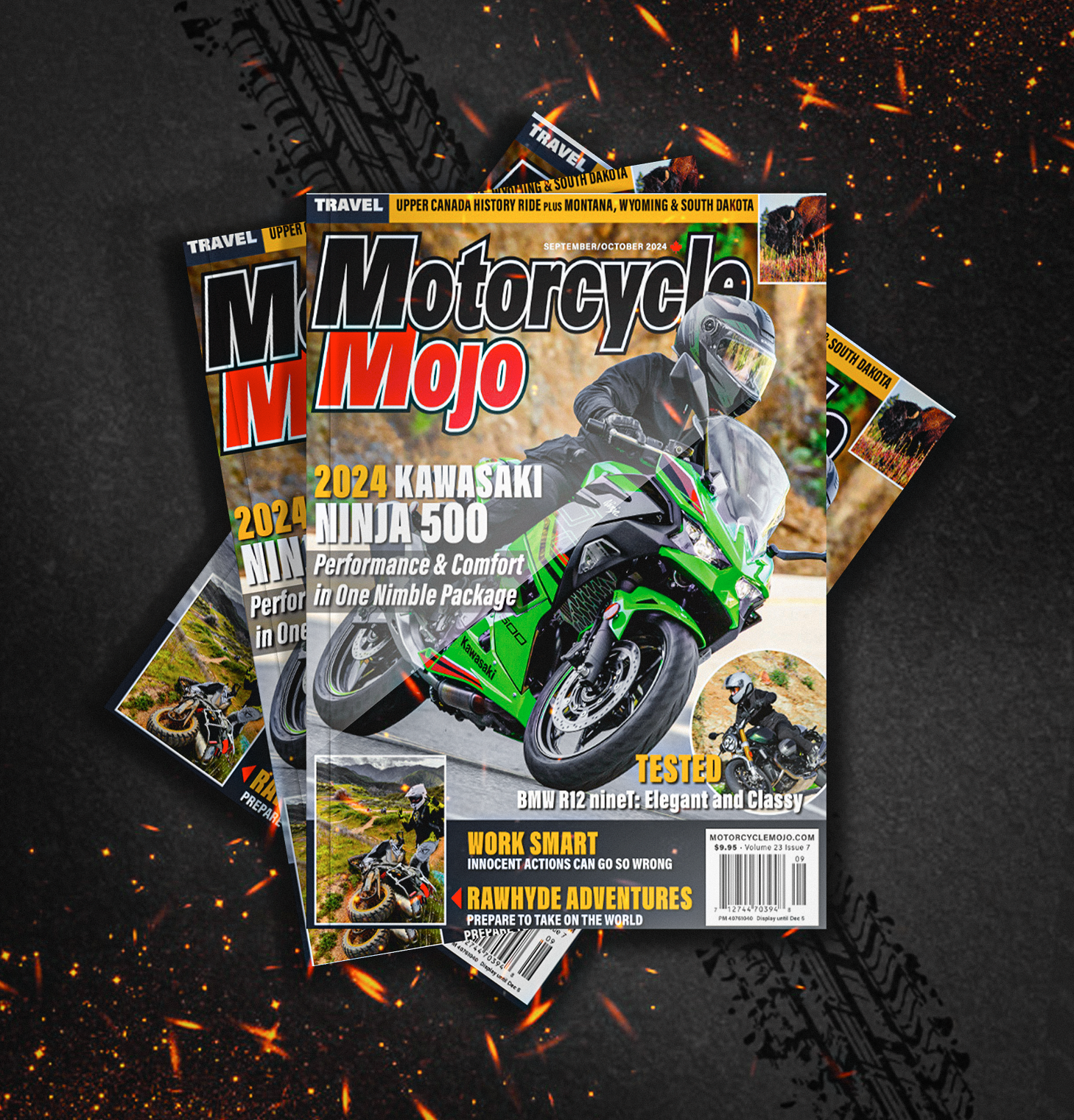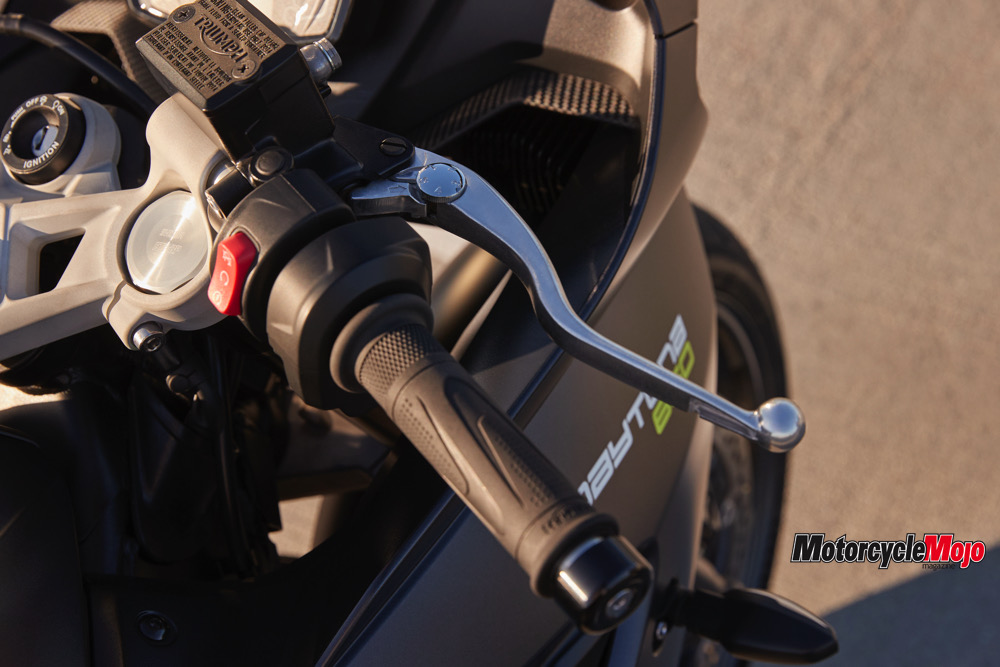Still A Contender
In addition to Triumph’s attention to detail, it’s the Daytona’s excellent inline-triple that sets it apart from the competition.
There was once an annual award given to the motorcycle that journalists from around the world had chosen to be the International Bike of the Year. It was awarded to one motorcycle each year, from any category. In 2006, Triumph introduced the Daytona 675, and it got my vote for bike of the year. Apparently other journos felt the same way, because it won the prize. I had said of the Daytona: “It is an unexpected jewel of a motorcycle, with performance that matches the top middleweight supersport machines; a rich, melodious growl from its triple-cylinder engine; and a slender, distinctive design that captures the essence of the term ‘exotic,’ but without an exotic price.”
Middleweights Making A Comeback
 While the middleweight supersport class is all but extinct these days, it’s making a comeback of sorts. However, the machines have been refocused, for a more versatile riding experience than the highly focused supersports of the past.
While the middleweight supersport class is all but extinct these days, it’s making a comeback of sorts. However, the machines have been refocused, for a more versatile riding experience than the highly focused supersports of the past.
In the past, the design and displacement of middleweight sport bikes was dictated primarily by supersport race class rules, and they were subsequently highly focused, pricey, 600 cc inline-four track weapons that were compromised on the street; they had uncomfortably aggressive ergonomics and were stiffly suspended. That race class has since disappeared, and subsequently, manufacturers have more leeway in middleweight sport bike design, displacement, and engine configuration. And it seems this new formula is working, because there are a number of bikes to choose from, including the Aprilia RS660, Honda CBR650R, Kawasaki Ninja 650R, Suzuki GSX-8R, and the Yamaha R7.
The 2025 Triumph Daytona 660 (yes, Triumph’s marketing gurus jumped ahead a year despite its April delivery date) is the latest entry into this category, and it’s up against some stiff competition — but not the closed-course type. It is the third model to be based on Triumph’s 660 cc inline triple, following the Trident and the Tiger Sport. However, its engine has been tweaked to produce 94 horsepower and 51 lb.-ft. of torque, up from the 80 hp and 47 lb.-ft. of those other two bikes. It achieves this through higher-compression pistons (12.05:1 versus 11.95:1), higher-lift cams, larger exhaust valves, and three 44-mm throttle bodies in place of a single 39-mm throttle body. The engine also breathes through a larger airbox and a new exhaust system, and there’s a larger radiator to handle the extra heat the new engine produces. Regular service intervals are set at 16,000 km; valve adjustment intervals at 32,000.
Purrs Like A Triple Should
Unlike the triples in Triumph’s ADV bikes that feature an odd-firing T-Plane crankshaft setup (two crankpins are placed 180 degrees apart, the third at…

Thanks for Reading
If you don’t already subscribe to Motorcycle Mojo we ask that you seriously think about it. We are Canada’s last mainstream motorcycle magazine that continuously provides a print and digital issue on a regular basis.
We offer exclusive content created by riders, for riders.
Our editorial staff consists of experienced industry veterans that produce trusted and respected coverage for readers from every walk of life.
Motorcycle Mojo Magazine is an award winning publication that provides premium content guaranteed to be of interest to every motorcycle enthusiast. Whether you prefer cruisers or adventure-touring, vintage or the latest models; riding round the world or just to work, Motorcycle Mojo covers every aspect of the motorcycle experience. Each issue of Motorcycle Mojo contains tests of new models, feature travel stories, compelling human interest articles, technical exposés, product reviews, as well as unique perspectives by regular columnists on safety or just everyday situations that may be stressful at the time but turn into fabulous campfire stories.
Thanks for considering a subscription. The Mojo team truly appreciates it.


























